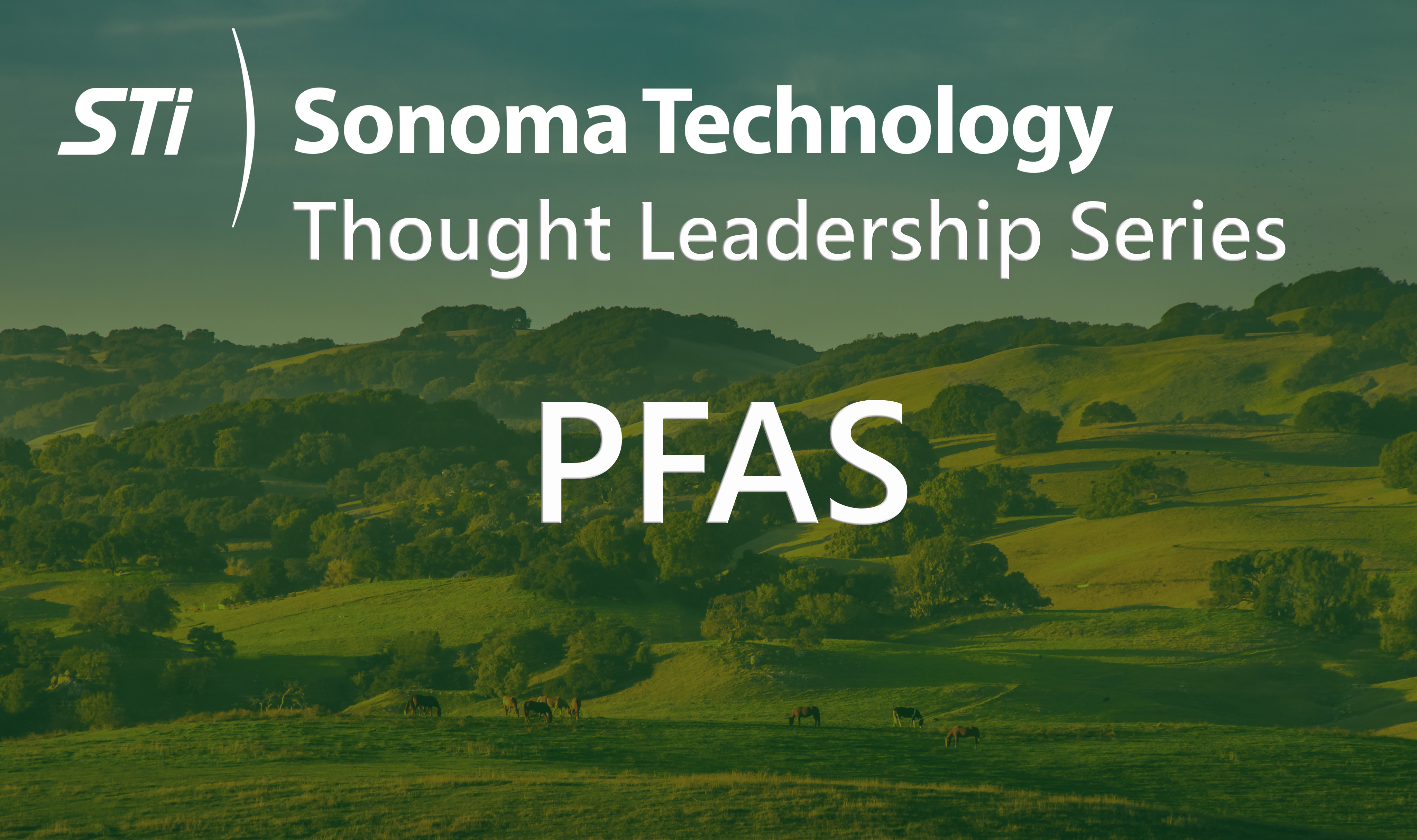Published August 2024
We published the Summary of PFAS Strategic Roadmap: EPA’s Commitments to Action 2021-2024 in March 2022 and an update on these commitments in June 2022. These blogs provide a summary of some of the most significant actions detailed in the U.S. Environmental Protection Agency’s (EPA) PFAS Strategic Roadmap document, and their impacts on businesses that handle per- and polyfluoroalkyl substances (PFAS) and drinking water utilities.
EPA released the final National Primary Drinking Water Regulation (NPDWR) for six PFAS chemicals on April 10, 2024, as part of its PFAS Strategic Roadmap. This regulation will apply to roughly 66,000 public drinking water systems across the country. Additional regulations are expected in the near future that will apply to specific industries, including sewage treatment systems.
What is Required?
Facility and utility systems potentially impacted by this regulation are expected to conduct initial monitoring to establish baseline PFAS concentrations in their drinking water, and then conduct ongoing monitoring to ensure levels remain compliant. This effort will include informing the public if levels of regulated PFAS compounds exceed maximum contaminant levels. If monitoring efforts demonstrate that systems are not compliant, solutions must be implemented to reduce regulated PFAS compounds in drinking water.
The new regulation does not indicate how facilities limit PFAS in drinking water, and water utilities can select the technology that works best for them as long as it is effective. Water treatment technologies for limiting PFAS include granular activated carbon, ion exchange systems, and high-pressure membranes. However, there is no technology currently available that can achieve two of the standards established to mitigate health impacts. As a result, the new EPA standards set ideal levels (Maximum Contaminant Level Goal) and enforceable levels (Maximum Contaminant Levels). Public water systems are required to complete initial monitoring by 2027 and implement solutions to reduce PFAS concentrations and comply with the new regulation by 2029.
Table 1. New PFAS hazard levels set by EPA in April 2024. The Maximum Contaminant Level is a legally enforceable standard established based on what is feasible using the best-available treatment technology without considering cost. Source: PFAS National Primary Drinking Water Regulation.
HTMLProcess<table style="width:100%">
<tr>
<th>PFAS Compound</th>
<th>Maximum Contaminant Level Goal</th>
<th>Maximum Contaminant Level</th>
</tr>
<tr>
<td>PFOA</td>
<td>0</td>
<td>4.0 ppt</td>
</tr>
<tr>
<td>PFOS</td>
<td>0</td>
<td>4.0 ppt</td>
</tr>
<tr>
<td>PFNA</td>
<td>10 ppt</td>
<td>10 ppt</td>
</tr>
<tr>
<td>PFHxS</td>
<td>10 ppt</td>
<td>10 ppt</td>
</tr>
<tr>
<td>FPO-DA (GenX Chemicals)</td>
<td>10 ppt</td>
<td>10 ppt</td>
</tr>
<tr>
<td>Mixture of two or more: PFNA, PFHxS, HFPO-DA, and PFBS</td>
<td>Hazard Index* of 1</td>
<td>Hazard Index* of 1</td>
</tr>
</table>
HTMLProcess<style>
th {
color: white;
font-weight: bold;
background-color: #1f3b57;
border: 1px solid black;
padding-top: 5px;
padding-bottom: 5px;
text-align: center;
}
table {
border-collapse: collapse;
border-spacing: 0;
}
td {
border: 1px solid black;
padding-top: 5px;
padding-bottom: 5px;
padding-left: 5px;
}
</style>
*The Hazard Index is an established approach that EPA uses to understand the health risks of chemical mixtures by summing fractions to compare the level of each PFAS compound in water.
Who Does this Impact?
The new regulations apply to community water systems and non-transient non-community water systems. The EPA estimates that compliance with the rule will cost facility and utility operators $1.5 billion per year, including water system monitoring, customer communication, supplemental sources of water, and installing and maintaining treatment technologies. Money has been allocated as part of the Bipartisan Infrastructure Law to fund community efforts to both improve their drinking water systems and reduce PFAS in their drinking water to comply with this regulation. EPA estimates that ~6-10% of the facilities that fall under this regulation will need to implement treatment technologies, beyond monitoring, to reduce PFAS concentrations and to achieve compliance.
Additional regulations are expected as part of the PFAS Strategic Roadmap, including at least one that will apply to publicly-owned treatment works sewage management products. EPA is currently conducting studies to determine the content of those regulations.
How Can We Help?
Over its 54-year history, LRE Water has developed deep expertise in water resources and water quality management. Our scientists and engineers work closely with water utilities to plan for and develop new water supplies, and to protect the quality and availability of existing supplies. LRE Water is currently conducting PFAS sampling and monitoring programs for water systems in the Midwest, Southwest, and Southern California. We have the expertise and capability to conduct water quality monitoring programs, investigate the source(s) of PFAS contamination, and to develop and implement strategies to reduce PFAS levels in drinking water.
Sonoma Technology scientists apply the latest air quality modeling, analysis, and visualization software and methods to meet air quality management, planning, and decision support needs. Our modeling work ranges from local to hemispheric scales, and includes multi-pollutant impact assessments, atmospheric chemistry and reactions, single-source air dispersion impact analyses, exceptional event demonstrations, policy analyses, permitting and compliance efforts, and real-time modeling systems.

Dana L. Coe

